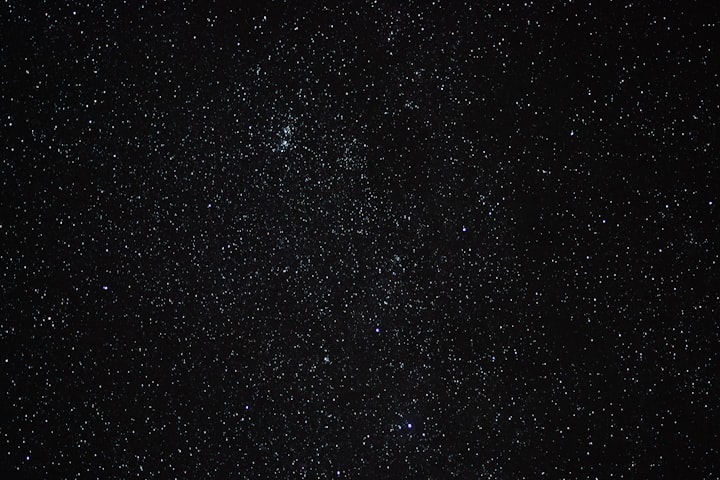Leonids, the Most Anticipated Meteor Shower of the Year!
When and Where the Shooting Stars Can Be Seen

We all know the classic story about the wishes that come true if they are uttered the moment we see a shooting star. Don't you have a lot of desires and want to see at least one star so that you can hope that you can fulfill at least one dream?
Well, now you have the chance you've been waiting for for a long time because a star rain is coming. When? We invite you to discover!
Every year, in November, people have a nature show in which the protagonists are the meteors, and the scene is the sky.
The point where the swarm of meteors seems to come from is in the constellation Leo, and for this reason, the shooting stars that can be seen in the sky during this period have been called "Leonids".
Meteors are the rocky debris left behind by Comet Tempel-Tuttle passing our planet. These pieces of dust enter the Earth's atmosphere and vaporize, creating the lights we know as meteorites.
The meteor shower could be more spectacular than ever
It seems that this year the moon will not prevent the sight of the phenomenon, so it can be more spectacular than ever.
According to experts, between 10 and 20 meteors per hour can be seen in perfectly dark conditions without a moon (in fact, only 5% of the lunar disk will be illuminated during the observation peak). However, even a single bright meteor can create beautiful memories.
Of course, you will have to go to a dark place away from the city. where there are few obstacles in the field of vision such as buildings or mountains. It is preferable to be in an area with very little pollution and where the sky is clearer.
You will not need a telescope or binoculars, as meteor showers can be seen with the naked eye. Of course, if you enjoy photographing these things, it would be advisable to at least use a tripod and an SLR camera to capture the moment.
Where do we have to stand to see the light show?
Ideally, you should position yourself in a dark rural area, as city lights may prevent the eye from noticing the small lights in the sky.
You need to stay away from the light of heavily populated areas, whether in the countryside, in the countryside, at sea, on the highway, at the edge of a forest, on the outskirts of cities, or in dimly lit parks. The area must be wide open and there are no trees above, so you can see the sky in all its splendor, from all directions.
Although you may be anxious to see the meteor shower faster, it will be visible only after midnight, when the moonlight loses its intensity. The best time will be between 4:00 a.m. and 6:00 a.m., just as the moon begins to set. You do not need to have binoculars or a telescope because the phenomenon can be observed with the naked eye.
Rain or meteor storm?
Experts say it takes 1,000 meteors per hour for this phenomenon to be considered a storm. It is far from the 10 to 15 meteors per hour we can see the rest of the time. We all know that any astral event can take on unimaginable forms, so in history, there has even been a meteor storm, in the true sense of the word.
The Leonid rain of 1833 was the first meteor storm in modern times when hundreds of thousands of lights per hour were seen.
The most recent storm of this kind was in 2001 when it rained thousands of lions over North America and Hawaii, these being the areas where they were best seen.
Since 2003, the maximum speed has been 10 meteors per hour, very fast, with a speed of 72 km / h. Although they are dust particles, they deposit 12–13 tons of particles annually on the entire surface of the planet.
The next heaviest meteor shower was announced for 2023 when the comet from which the meteors come will be extremely close to Earth.





Comments
There are no comments for this story
Be the first to respond and start the conversation.